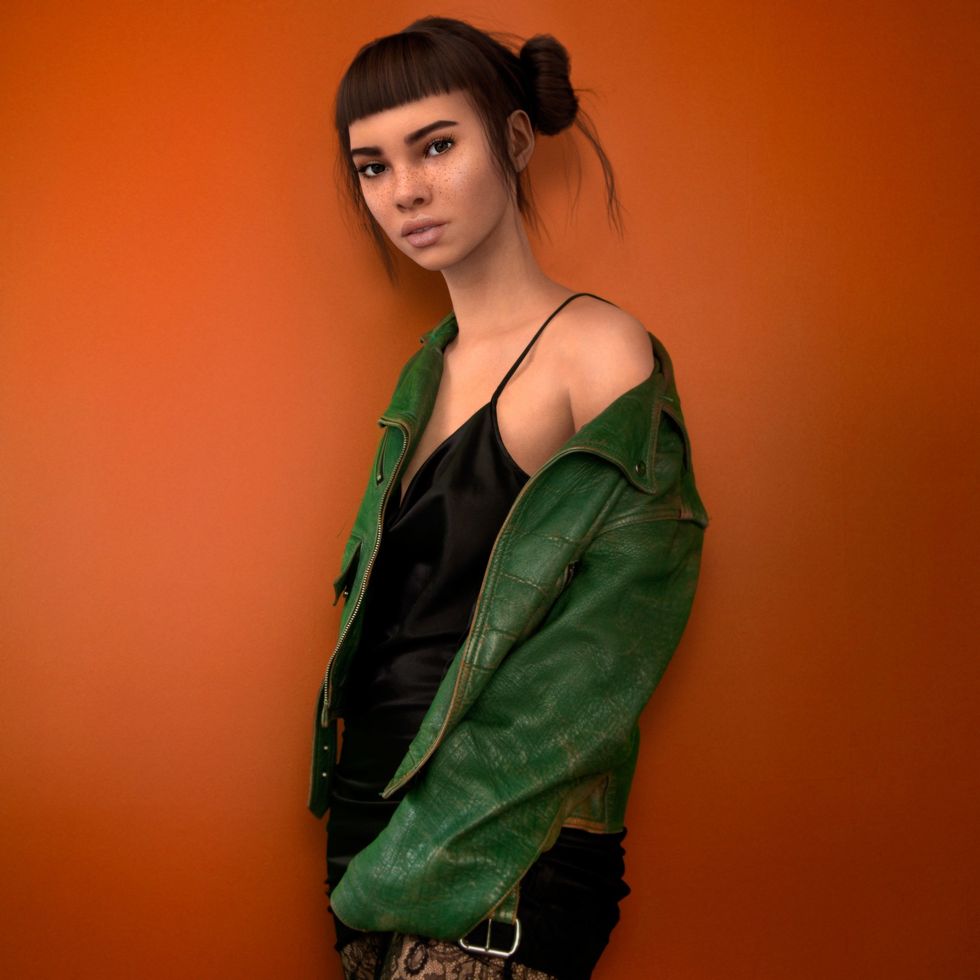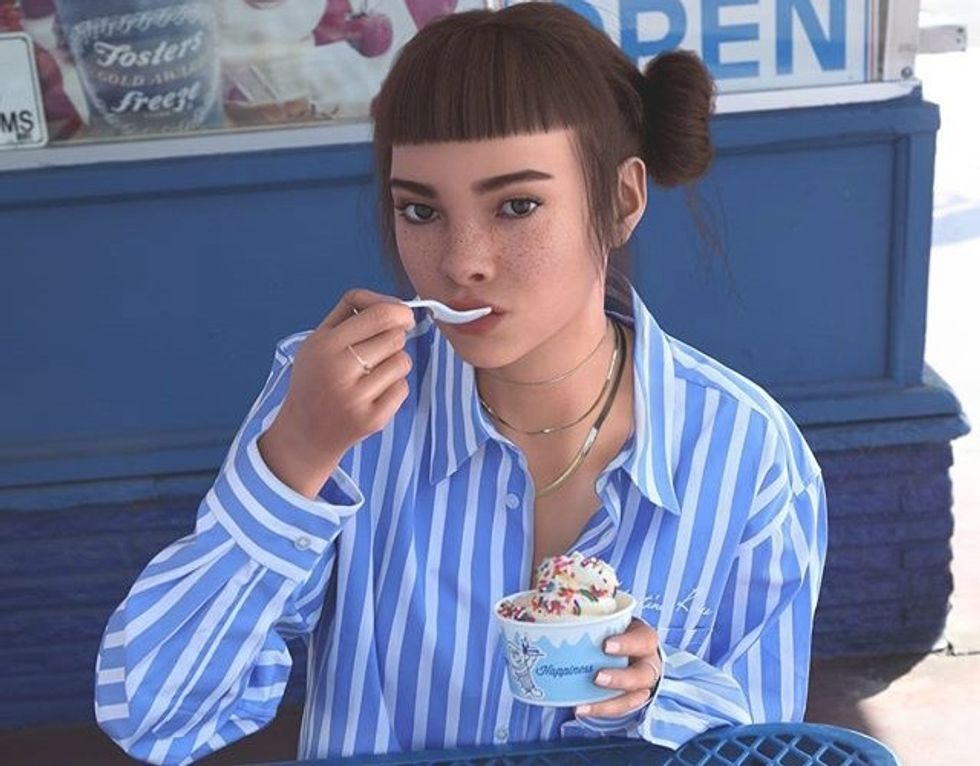In the years since Instagram’s founding, the site has slowly transformed from a forum where users post pictures instead of status updates into a whirlwind of native advertising. Influencers jostle for space on cluttered timelines, repping the newest clothing or gadgets, showing off luxurious lifestyles to their many followers.
While celebrity endorsements aren’t anything new, the way in which advertisers and PR wonks have found an avenue through which to manufacture celebrity definitely is. It’s a new spin on direct marketing, giving consumers a glimpse into the interior lives of the well-manicured and put together characters one might see in a commercial. It’s also incredibly effective, and has that magical effect which used to be a monopoly held by Super Bowl sponsors; people actually look at the native advertising on influencers’ pages voluntarily.
Still, there are certain associated costs that go along with giving influencers free merchandise. Sending products out is never a guarantee either, since influencers are inundated with packages from various marketing teams. Worst of all however, if this person is a reviewer, there’s always the chance they publicly criticize the very thing they were meant to advertise. Recently, a Los Angeles-based startup called Brud came up with an innovative solution, simultaneously eliminating every problem one might associate with dealing with influencers. They built one inhouse using CGI technology. They even gave it a name. She’s called Lil Miquela.
While it’s relatively clear how advertisers benefit from CGI influencers, a reasonable question for someone unacquainted with Lil Miquela’s account is: what’s the appeal for the audience?
 Lil Miquela
Lil Miquela
Brud was careful in their cultivation of Lil Miquela’s “interests” and use the account to voice support for various social causes such as Black Lives Matter and LGBT rights, gathering followers through the use of popular hashtags and social movements. They also spend a lot of time writing convincing copy that accurately mimics the style of many Instagram photo captions. That said, for all of her realistic qualities, Lil Miquela is distinctly not human, and from a consumer standpoint this presents certain issues. For one, it’s fairly difficult for some to trust a computer-generated image’s testimonials on fabric softness or style. There’s something decidedly inauthentic about taking fashion advice from something that’s never really worn clothing. That said, this hasn’t stopped brands such as Fenty, Diesel, and Moncler from allowing various CGI influencers to rep their wares.
Secondly, CGI influencers, by virtue of not actually existing, occupy a nebulous legal space. Last year, the Federal Trade Commissions updated their guidelines surrounding influencers, requiring Instagrammers and other social media users to indicate whether or not their posts have been paid for, typically with the hashtags #sponsored or #ad. It’s still unclear whether or not CGI influencers will be bound by these same rules.

As companies begin to catch onto this growing trend, many are expecting this niche to explode, with individual influencers being crafted to tout certain brands. If this happens however, advertisers risk over-saturating social media with manufactured accounts. CGI influencers could turn into glorified wrapping paper for what would essentially be very expensive and carefully designed banner ads.
That said, improvements in CGI technology offer companies a different means of advertising their products: licensing the CGI rights to various celebrities for use in online marketing. While Morgan Young, CEO of Quantum Capture, thinks certain questions regarding rights management will have to be answered before this occurs, it could be only a matter of time before a cartoon version of Reese Witherspoon appears on your Instagram feed and discusses the various merits of buying a Fossil™ watch. This technology is still in its infancy, but the development of CGI in the advertising space is certainly interesting. Depending on how the FTC chooses to regulate CGI influencers and whether these influencers are accepted into the mainstream, we could be witnessing the birth of an entirely new industry.




